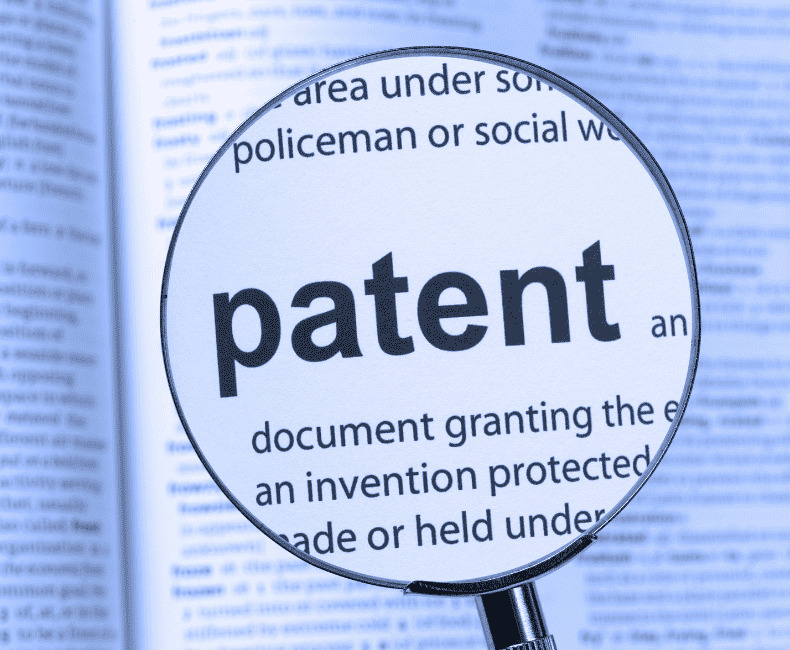What is a Patent, a Document or a Technology?
Just to start with, patent drafting can cost you from INR 40,000/- to INR 1,50,000/- in India, USD 4,000/- to USD 10,000/- in Europe, USA, Canada, and most of the developed countries outside. Drafting and prosecution cost is much high than the government fees, WHY? Can a non-patent professional draft a patent, YES. then why to spend so much. This question brings us back to the basics:
What is patent? As a layman I can say, my technology is protected by a patent, correct. So what is protected? Technology or the document containing the technology? Basically it starts with the technology, the patent document is drafted to protect the technology in such a way that:
1. No one copies your technology,
2. No one can get around your technology by doing minor modifications, and
3. To create an infringement trap for other, border the claims border the trap.
Yes, the patents are drafted for protecting the invented technology, but the patent documents submitted in black and with the patent office cover border area, protecting things beyond your technology. Now its no more a technology, its a document defining what is protected and what is not. Therefore, drafting of a patent is totally different from drafting a technology description. Some practitioners falsely refer to the patent drafting as an art of writing technology in complex way. Rather I would say, the patent document should be written in such a way that any person with ordinary skills in the domain should understand it just by reading.
This is also one of the requirement of the patent act’s globally, which is referred as “Enablement”. According to the Indian Patent Act, “The details of invention described should enable a person skilled in the art to reproduce the invention into practice without further experimentation.”
Mostly in India patents are rejected due to:
1. Incomplete disclosure;
2. Missing our inventive elements;
3. Non-including of test results in case of biotech and chemical invention;
4. No proper diagram or diagram with legends; and
5. Other compliance required of the respective patent offices.
Valuable invention are lost due to such mistakes. As ever patent application gets published in the patent journal, there is no scope left to refile the invention again for patenting. If the patent application is not granted due to some drafting mistakes, this invention becomes public property, you cannot stop any one from using it. All the efforts along with the money are wasted. Some people know few requirements of the patent document, therefore they draft and file it on their own. In most of the cases such drafts are narrow enough to just protect their invention giving ample opportunity for other to bypass the patent by doing minor modifications. Narrower the claims, easier to get a grant for a patent and more is the opportunity for other to get around the patented invention. Many practitioner also tend do this mistake due to lack of understanding of the technology and drafting skills.
At such instance, many inventors get demotivated, when they find that even after getting grant, the patent document falls short in effectively stopping competitors. Many international companies understands the value of the patent drafting and hire firms accordingly. These selections are based on quality and not on lowest cost. Its unfortunate, that still many domestic entities don’t view this as an investment but as an expenditure. Patent numbers are high but value is less. To avoid such disappointments, inventors and/or applicant should make sure that the patent consultant understands the invention correctly.
Once both are on same page the patent consultant can start drafting. Thereafter, inventors and/or applicant should review the document to check specifically claims and description. Claims should be broad enough to give wider scope of protection, more broader claims may also fail to claim novelty. Its very tactical to decide to what extent the claims should be broad so that it does not fall into prior-art. Description should describe the entire invention and should include all the contents provided by you. For assigning or licensing the patent, the patent document is checked for its coverage and not the technology. Broader the coverage more is the value of the patent, lesser the coverage lesser is the value of the patent.



